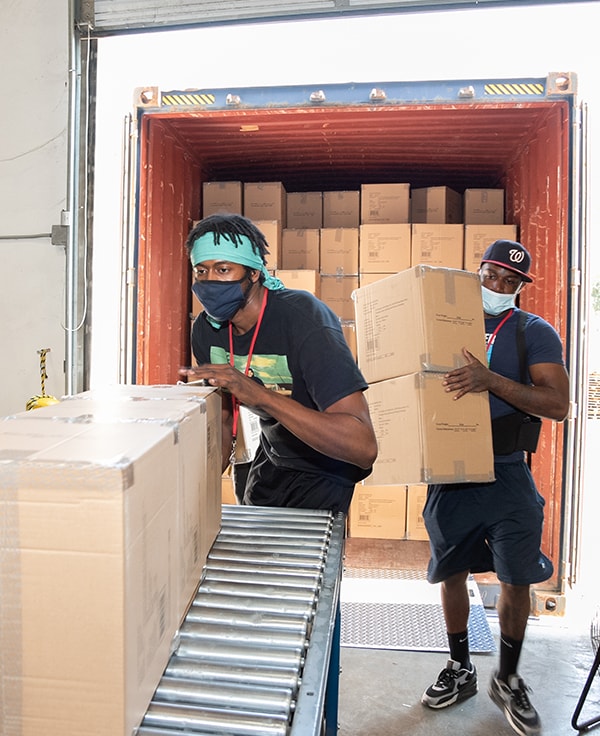
Returns are an unfortunate part of business, whether you work in merchandising or manufacturing. Handling returns efficiently requires most organizations to utilize robust reverse logistics processes as a key component of their streamlined supply chain.
So, what is reverse logistics exactly? Here is a guide on this type of supply chain management and the benefits it can bring when seamlessly implemented.
Reverse Logistics (RL) Defined
RL is how a product gets returned to the seller, distributor or manufacturer. It is essentially the opposite of the standard supply chain because it starts at the end consumer and moves backward. Commonly, RL is utilized to handle customer returns from e-commerce and retail vendors. However, it can also be applied in situations where the end consumer is responsible for resale, recycling, refurbishing or final disposal of the product.
In fact, RL can be used for a wide range of activities following the initial purchase, such as:
- Delivery failure
- Unsold goods
- Returns avoidance
- Repairs or maintenance
- Remanufacturing/refurbishing
- End-of-life
- Rentals and leasing
Methods
A robust RL strategy can make returns more efficient for your organization. To maximize revenue, it should have the same oversight, transparency and financial backing as outbound fulfillment. The different methods of RL are commonly referred to as components.
They may include:
- Return policy and procedure (RPP)
- Remanufacturing or refurbishment (ROR)
- Waste disposal (WAD)
The Benefits
Once a returned product is processed, it can be resold, used for materials or disposed of permanently. This is where organizations utilizing RL could potentially recoup value from the product. In fact, recovering value from assets to increase revenue and reduce expenses is the primary goal.
How do businesses stand to gain financially? Well-designed RL can lead to better supply chain visibility and, in turn, may result in greater customer satisfaction. For instance, when an item is sent back through the chain and it arrives or is processed in a timely manner, the customer experience is typically positive. These positive experiences work toward better customer retention.
As such, many savvy companies use RL to bolster repeat business and build customer loyalty while minimizing returns-related losses. Your business can also benefit from the collected product data.
By engaging with customers after delivery, you can gain insight into your organization’s supply chain from the consumer’s perspective. This may reveal opportunities to further improve the customer experience.
On top of financial benefits for the company, RL can have positive impacts on the environment and business culture. Optimized RL can see a reduction in waste for manufacturers and distributors. It could also result in greater sustainability, therefore bolstering the initiatives of forward-thinking organizations with extensive sustainability goals.
AMS Fulfillment’s Capabilities
Here at AMS, our returns processing and RL services are handled by dedicated teams employing the best technology in this space. As a reverse logistics expert backed by experience and proficiency, we can provide efficient and cost-effective product returns processing solutions to anyone seeking a third-party fulfillment company.
Visit Returns Management to learn more about what our returns processing teams can offer you.
Any questions or ready to reach out? Contact Us